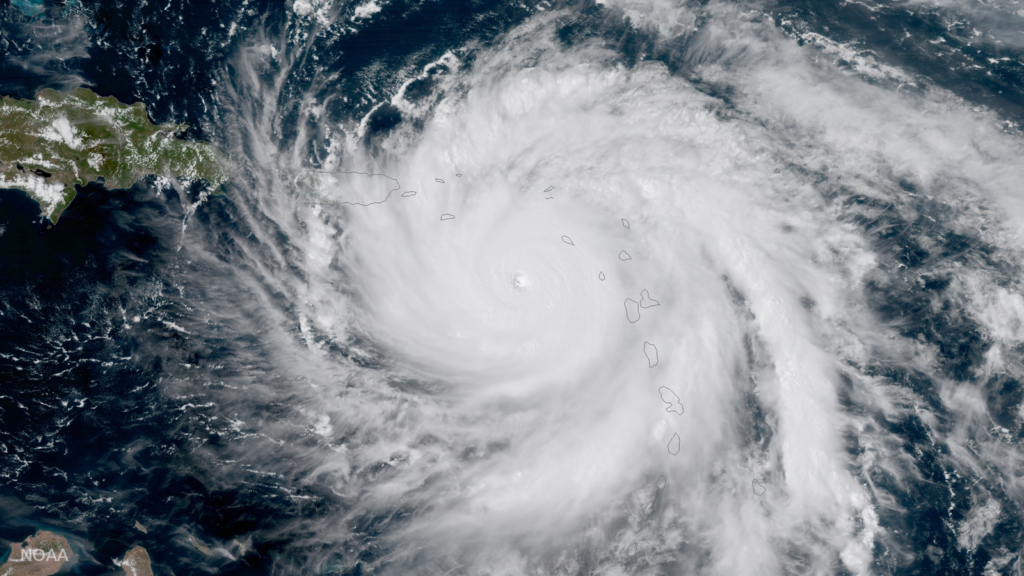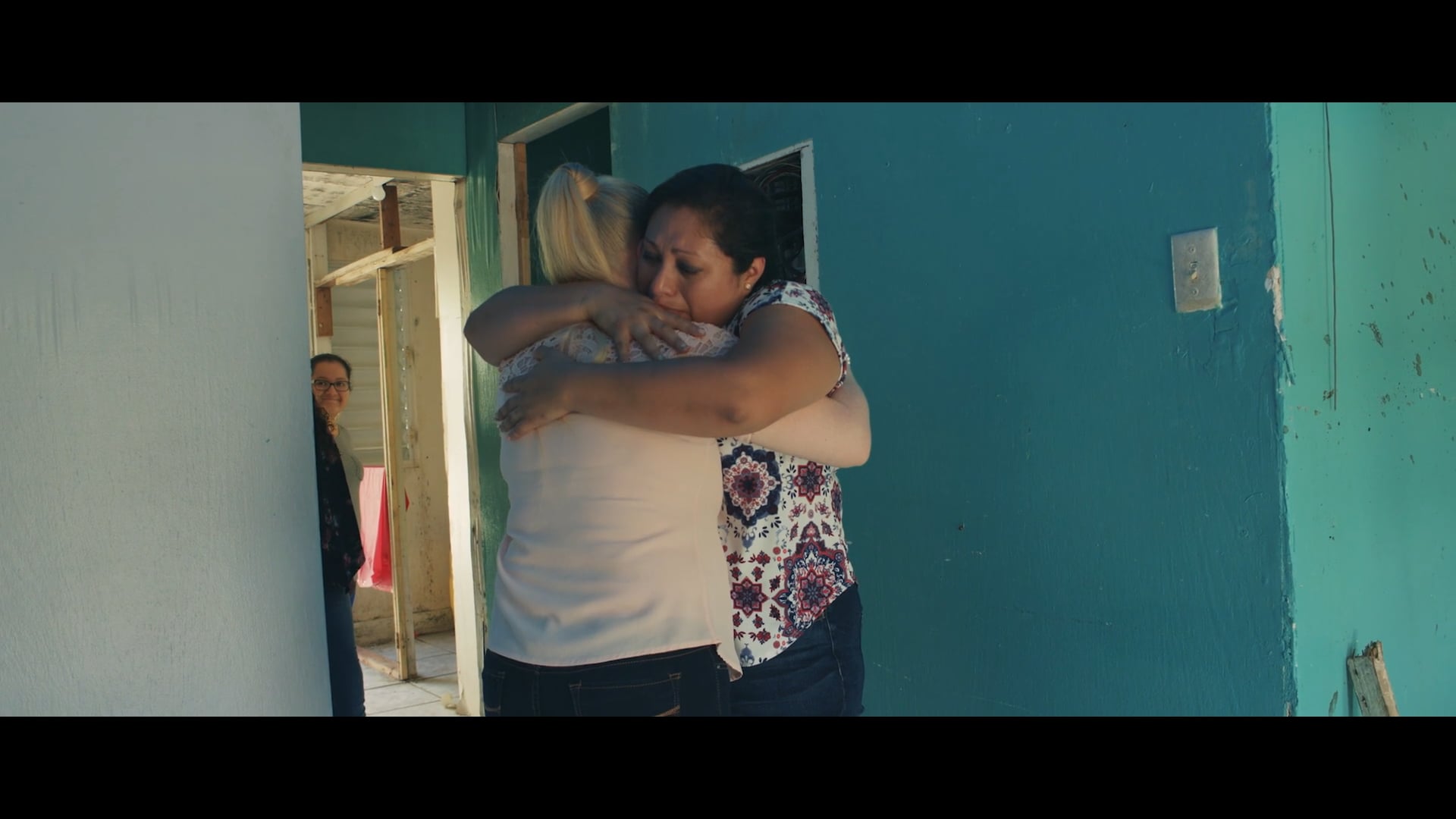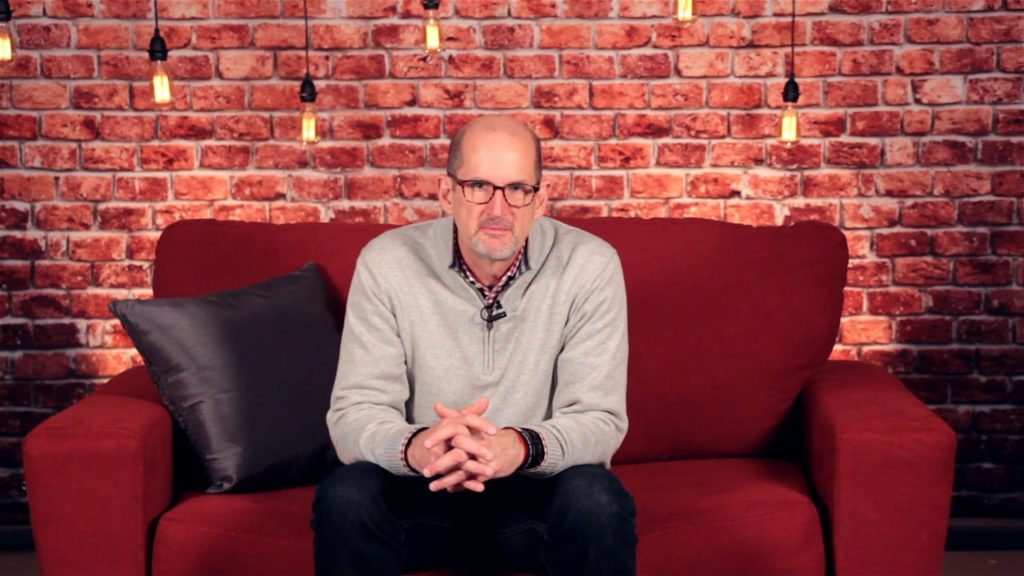Chapter 2 of Neighborhood Portrait: Comerío
Everybody knew “the big one” would come. One day.
With a massive hurricane like Maria, it’s always hardest after the storm. Here’s why.
Though Puerto Rico lies in the heart of hurricane territory, the island has not been frequently hit by storms. Only one Category 5 hurricane has struck the island in the last 89 years. But in 2017, two major storms struck Puerto Rico. Hurricana Irma left one million people without power after it smacked the island’s northern coast on September 7, 2017. Then, less than two weeks later, Hurricane Maria gained strength and charted its path directly for Puerto Rico.
Few on the island expected the storm to be as devastating as it would be. Given the erratic nature of hurricanes, some hoped a shift would alter the storm’s course, but Maria swallowed the 100 by 35-mile island on Wednesday morning, September 20th.
At its peak, Hurricane Maria was more than 300 miles across. In this satellite photo, Puerto Rico is outlined in the upper-left portion of the storm.
“As Maria was passing through Puerto Rico, we started hearing all the noises,” says missionary Jorge Santiago. “Because it was dark, we couldn’t see anything, but we could hear everything.”
For 12 hours, winds of up to 140 miles per hour roared across every square mile of Puerto Rico. Many homes, like school teacher Edmari Diaz’s home, were destroyed.
The mountainous terrain leads many Puerto Ricans to stack their homes one on top of one other since they cannot spread outward. Edmari lived above her parents in such a house.
“When the storm was about to start, I brought my things and my daughters to my parents’ house,” Edmari recounts. “Once the storm had passed, I went back to my house, and everything had been destroyed. There was nothing left.”

A blue tarp covers what’s left of Edmari Diaz’ home. She lost most everything she owned in Hurricane Maria.
Many similarly designed homes completely lost their upper story, leaving thousands homeless. Dozens of people were killed but several media outlets insist the death toll exceeded a thousand.
The winds were not the only source of destruction. High levels of rainfall led to massive flooding across the island.
In Comerío, the Rio de la Plata—the Plata River—quickly began to rise. The flood stage for the river is 11 feet, and prior to Maria, the highest recorded level was 29 feet. By 8:30 PM on September 20th, the Plata River had reached an 80-foot flood stage.
“People were really afraid and desperate, desperate,” recalls Santiago. “They knew there was not a way to get resources—water or food—because no one was suspecting that Maria was going to hit that hard.”

Several days after Hurricane Maria hit, waist-deep water still flooded many homes in Comerío.
Nearly the entire island lost power. Despite the immense need, help from the mainland struggled to arrive.
For Southern Baptist Disaster Relief (SBDR), who have one of the nation’s largest trained volunteer bases, several factors made this one of the most difficult-to-respond-to disasters in their history.
“Maria was the third hurricane to hit within one month’s time, either a category 4 or 5,” says Sam Porter, the national director of disaster response for Send Relief. “Harvey made landfall on August 25th, Irma on September 10th and Maria on September 20th. Many of our seasoned volunteers had already been deployed.”
Another obvious factor related to geography—a thousand miles of ocean separate Puerto Rico from the coast of Florida. In a typical hurricane response, SBDR volunteers travel as close as is safely possible, then drive in as soon as they’re able. Driving, of course, would not be an option this time.
The sheer level of destruction also hampered air and sea traffic to Puerto Rico. The airport and even many of the harbors were so heavily damaged that a safe arrival became impossible. Even after the island became accessible, there were few secure places to house relief personnel.
“The situation was so dire that first responders were staying overnight in ships off the coast during their initial response,” Sam says. “It took ten days before Southern Baptists were able to gain access to Puerto Rico, but we were doing everything in our power to overcome the hurdles and help the people there.”
As they waited for outside help to arrive, some Puerto Ricans decided to take matters into their own hands.
“We didn’t feel left behind or all alone. Everybody knew that the situation was bad,” Jorge says. “There was no way to get water, gasoline, stuff like that. So, I just left the house and started looking for resources for people and doing what I could do.”


